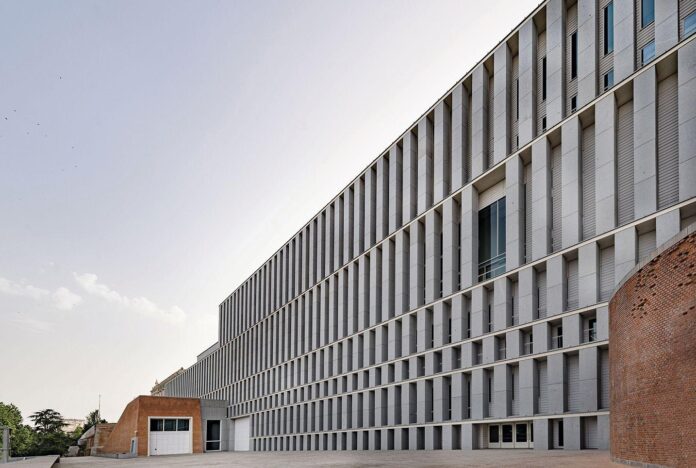Madrid’s new Royal Collections Gallery (Galería de las Colecciones Reales), due to open on 29 June, will unite the Spanish Crown’s most remarkable treasures under one roof.
It marks the culmination of 25 years of work to establish a museum dedicated to a collection that, until now, has been scattered between royal sites around the country or kept in storage. The plans actually date back to the 1930s, but the Spanish Civil War thwarted construction. In 1998, the Spanish government rebooted the initiative, prompting a major shake-up of the country’s royal collections and sites.
With a price tag of just under €173m, Spain’s most ambitious museum project in decades is overseen by the national heritage body Patrimonio Nacional, which looks after more than 1,000 buildings and two dozen Royal sites, including palaces, monasteries, country houses and gardens. Conceived as an international showcase for the royal sites, the new museum displays 650 pieces from their vast collections (around 160,000 objects in total), ranging from master paintings by Goya, Velázquez and Caravaggio to tapestries, decorative arts and armoury.
The museum’s director, Leticia Ruiz, says the objects on show in Madrid have been carefully selected to “leave no gaps” in the displays of their former sites. At the Royal Palace of La Granja de San Ildefonso, for example, an 18th-century palace situated in a small town near Segovia, Ruiz says Patrimonio Nacional has “taken some works but also added even more” to “strengthen” its museum.
Some have raised concerns, however, that the Royal Collections Gallery will be a blow to cultural tourism in the regions, further enriching a capital that already boasts famed museums.
Several pieces in the new museum have been transferred from the monastery of San Lorenzo de El Escorial, an hour away from Madrid. The monastery is Spain’s second most visited royal site, drawing 375,000 visitors in 2022—just over a third of the annual visitors to Madrid’s Royal Palace.
“It’s great that they want to boost tourism in Madrid but it shouldn’t be at the cost of reducing visitors in other areas that need it even more,” says Carlos Tarrío, a town councillor from San Lorenzo de El Escorial.
The council called on Patrimonio Nacional last year to halt the transfer of objects from the monastery to the Royal Collections Gallery, but the attempt was unsuccessful. The council also requested the reopening of two museums at the monastery, which have been closed since 2015, but Tarrío says it received no clear answer. Patrimonio Nacional tells The Art Newspaper that renovation works on the two museums are expected to begin in early 2025.
While some of the objects in the Royal Collections Gallery will eventually rotate back to their original sites, Tarrío says the residents of San Lorenzo are frustrated by the “total lack of information” from heritage officials. “We are not against the project, but this is not the way to go forward,” he says.
Ruiz counters that the Madrid displays are an innovative addition to the Spanish and European museums landscape, offering visitors the opportunity to discover other royal sites. She points to the value of reinterpreting the objects, explaining the historical and cultural significance of each Spanish dynasty with the help of state-of-the-art audiovisuals.
“People think that this museum might be plundering [regional sites], when it’s not,” she says. “This is about leveraging the whole institution and making us all better. From a tourism point of view, [the Royal Collections Gallery] is like having a display window for each royal site in the most central place possible.”
The opening of the Royal Collections Gallery coincides with the start of Spain’s presidency of the Council of the European Union and its special cultural programme in and outside Spain during the second half of 2023.

























